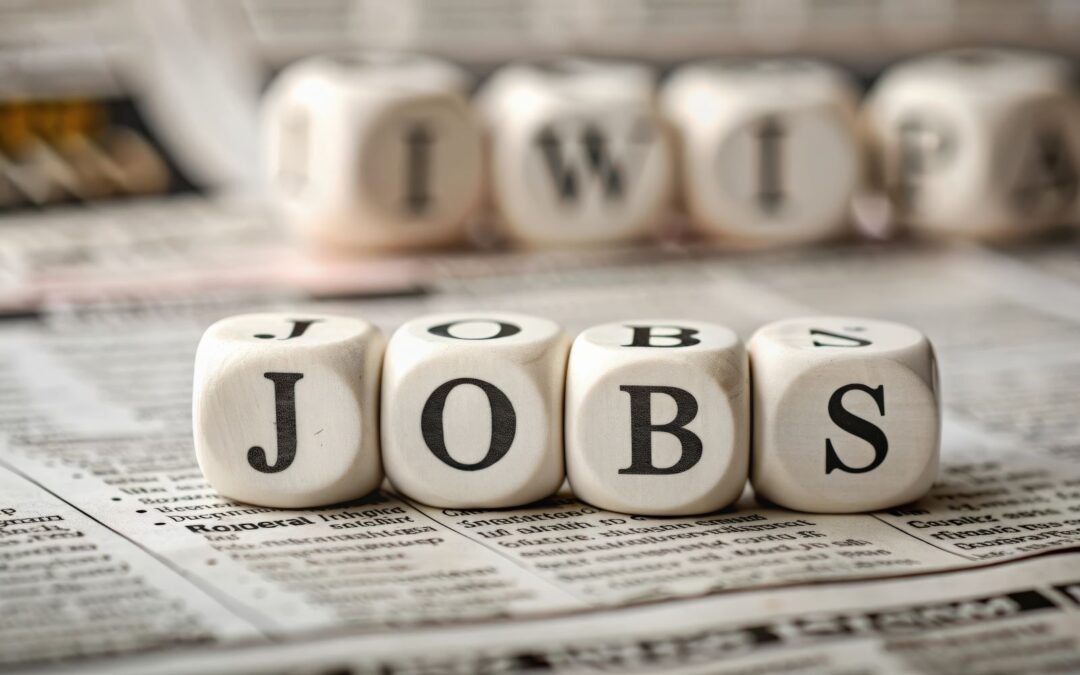The latest labour force report for August shows employment up more strongly than widely expected. Total employment is up 47,800 in August after a revised 48,900 gain in July. Over the year ending August employment is up 374,700, or 2.7% y-o-y, a remarkable increase given that real GDP growth at only 0.2% q-o-q, each quarter since Q3 2023 has been limping along and real GDP per head has been going backwards. Employment growth lags changes in economic growth, but in this cycle the weakness that should be evident by now in lagged response to the slowing pace of economic growth is still nowhere in sight.
In fact, already strong employment growth has strengthened further over recent months. In the three months ending August employment is up 143,100 compared with up 52,500 in the three months ending May and up 55,900 in the three months ending February.
Strong employment growth is also stalling growth in the unemployment rate which has risen from a cycle low point of 3.5% in November and December 2022 to hit 4.0% 15 months later in March 2024, but has hovered between 4.0% to 4.2% since. In August, the unemployment rate was just under 4.2% with the labour force participation rate at a record high 67.1%. If recent strong employment growth continues the risk is on the side of the unemployment rate edging lower rather than higher through the end of 2024.
The RBA’s most recent set of economic forecasts produced in early August and relating to near-term employment growth and the unemployment rate look in need of revision more strongly. The RBA’s August forecasts have employment growth at the end of 2024 at 1.9% y-o-y (currently in the August labour force report running at 2.7% y-o-y) and the unemployment rate at 4.3% (currently edging below 4.2%).
Total employment would need to fall 42,000 between now and the end of this year, a 10,000 fall on average each month September through December to make the RBA’s 1.9% y-o-y employment growth forecast. It is highly unlikely that employment growth averaging +47,700 over the past three months turns to an average of -10,000 over the next four months.
However, the strength of employment growth over recent months is unusual relative to the state of economic growth and requires some explanation. Detailed employment data by industry group is not available to August but taking the latest data through to May some industry sectors are driving rapid employment growth and are more than compensating for areas of weakness in the retail, accommodation, restaurant and finance sectors where employment growth is stalling or falling.
Health and age care is by far Australia’s biggest employment sector employing more than 2.2 million people in May and that number had grown 119,900, over the 12 months ending May, or 5.6% y-o-y. Health and age care is contributing close to half of Australia’s rapid employment growth and the pressures remain intense to add more in this still very under-resourced area.
Other fast-growing areas of employment in the 12 months ending May are administrative services, mostly public sector, up 53,400, or 13.3% y-o-y; rental, hiring and real estate services reflecting the house sale and rental boom, up 28,700, or 13.8% y-o-y; and construction most reflecting the infrastructure building boom, up 51,100, or 3.9% y-o-y. Just these four industry sectors added 253,100 jobs in the year ending May.
Importantly, it seems that these industry sectors are still adding jobs at a fast pace keeping total employment growth unusually strong even as sectors of the economy more susceptible to softer growth are trimming their workforces.
However, the ongoing strength of growth in total employment will have several consequences. The first is that in early November the RBA will need to revise its near-term forecasts of employment growth which in turn means an upgrade to forecast growth in household disposable income and probably household spending and GDP growth as well.
A second consequence of employment growth staying stronger longer and less upward pressure on the unemployment rate is that wage growth takes longer to decelerate from around 4% placing pressure on inflation and keeping it higher for longer. There will be a short period where annual CPI inflation falls and possibly below 3% y-o-y because of government relief subsidies, lower petrol prices and some easing of high house prices and rents, but underlying inflation will be stickier and above 3% y-o-y.
Another consequence is the absence of a weaker labour market dampening effect on demand in the economy to counter the still strong and growing push from real government spending. Indeed, the risk from continuing strong employment growth is that private sector real spending starts to accelerate adding to already strong growth in public sector spending.
An immediate consequence of all of this is that when the RBA Board meets tomorrow it will leave the cash rate unchanged at 4.35% and the RBA Governor, Michelle Bullock, will reinforce her repeated message that no cash rate cut is likely at the early November or mid-December Board meetings. While other central banks mostly cut their official interest rates at the remaining policy meetings this year, the RBA will have to hold out. If employment growth stays strong, it may be well into 2025 before the RBA is able to start cutting the cash rate.

